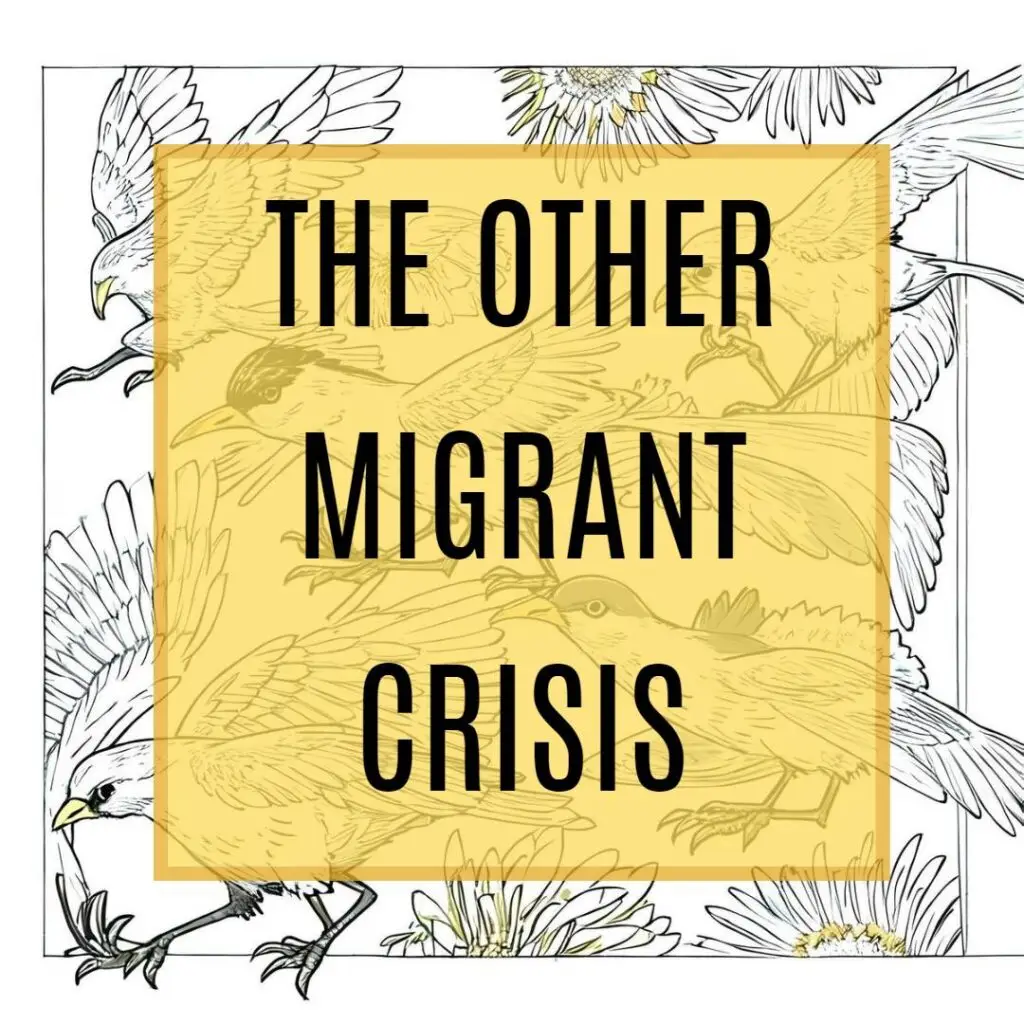Saving Neotropical Migratory Birds
How Reforesting Colombia’s Western Andes Ensures the Survival of North American Birds
Neotropical migratory birds undertake incredible journeys, traveling thousands of miles between their breeding grounds in North America and their non-breeding grounds in the Western Andes of Colombia during the winter. However, these remarkable birds face a significant threat to their survival: the loss, degradation, and fragmentation of their critical habitats.
In this blog post, we’ll explore the challenges faced by neotropical migratory birds in the Western Andes, the causes of declining populations, and the proposed solution of reforestation efforts to protect their winter habitat. Additionally, we’ll highlight how these conservation actions align with the growing interest in tree planting initiatives.

